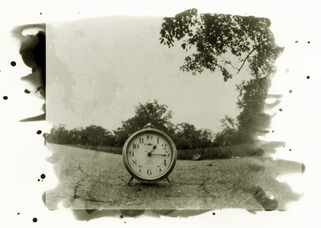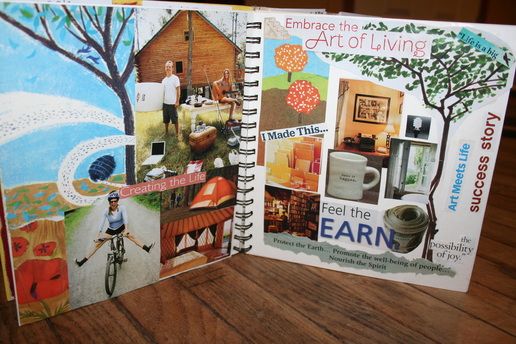“Yesterday is a canceled check; tomorrow is a promissory note; today is the only cash you have—so spend it wisely.”
-Kay Lyons
Time is a funny thing isn’t it? So often we complain we don’t have enough of it…but last I checked the world’s clock hasn’t changed. There are, and always have been, 24 hours in a day. (Unless, of course, you observe Daylight Savings where you lose an hour one day a year in the spring and gain an hour one day a year in the fall, but we won’t go into that here.)
So why is it that some people seem to accomplish so much in their day…their week…their year? I think it has something to do with the saying, “time is money.”
Think about it…in order to save money for the things you want, be it a vacation, a house, a rainy day fund, you have to create a budget. You have to set limits on your spending in order to make your money work for you.
I think our time is much the same way. The more I observe the people who are making their 24 hours work for them, I am not only astounded by the amount of work they crank out but intrigued by how they do it. I’ve come to the conclusion that they are able to do it because they assign their time a set value. And once assigned a value, they budget that income to make the most of it. Just as we choose what will—and will not—be bought with our money, this group of magic-makers sets limits on what will—and will not—receive their time.
Over at Jamie Ridler Studios today’s Wishcasting Wednesdays prompt asks, “What limits do you wish to set?”
I think you know what I’m going to say.
I wish to set limits on my time.
I wish to assign my time a value, to treat it like money, a limited resource, to spend only on the things that will give me the greatest value.
For me, that means mapping out a visual cue for how I want to prioritize and spend my time. On of the first things promising reporters learn in journalism 101 is a concept called “the inverted pyramid.” It’s visual tool used by journalists and other writers to illustrate the placement of the most important information first within a text, followed by the second most important information and so on.
If I were to follow the inverted pyramid format to budget my time, my spiritual and emotional well-being would be placed at the top. This would mean my top priority of the day would be spending time praying, meditating, reading and journaling—the activities that feed my soul and help me gain a clearer perspective on my day.
The second and third tier would be dedicated to “family time” and “physical health,” respectively.
The third tier goes to my writing. Some might question why I didn’t make this my top priority. My reason is that in order to have something to give to my writing and art I need to make sure I’m taking care of myself on a spiritual, emotional and physical level first. If I go into my writing running on empty, my writing will be empty as well.
The fourth tier is shared by the “must-do’s” (the day job, household chores, and the basic responsibilities of living a grown-up life) and the “like to-do’s” (lunch with friends, going to the movies, hiking in the woods, etc.)
The fifth, final and smallest tier goes to the time-wasters—those “check-out” activities that provide the brain with a break, but don’t offer much more in the sense of a return on my investment. Into this category goes time spent on social media, surfing the Internet, watching television, unnecessary shopping trips and the like.
If time is money, how will you spend it?
Your One Step
Is it time you put yourself on a time spending budget, too?
If so, try keeping a spending log of how you spend your time over the next three days. It doesn’t have to go into great detail. Just write down the activity and the time you spent doing the activity. If you’d like to take this exercise one step further, consider jotting a quick note about how you felt after you did the activity. Did those 30 minutes on Facebook leave you feeling connected and fulfilled or did you feel guilty that you didn’t use them to go for that run you promised yourself earlier in the day?
After doing this exercise for a few days, you’ll have a pretty good picture of where you spend your time. Now is the time to be honest with yourself. Is your activity log an accurate representation of your values and goals? If it doesn’t match up, try creating an inverted pyramid of your time. (I drew mine on a blank notecard so I could carry it with me in my wallet.)
Refer to your inverted pyramid as a gentle reminder whenever you get the urge to spend those precious minutes on an activity that won’t give you much in return. You might be surprised at how the savings add up.


